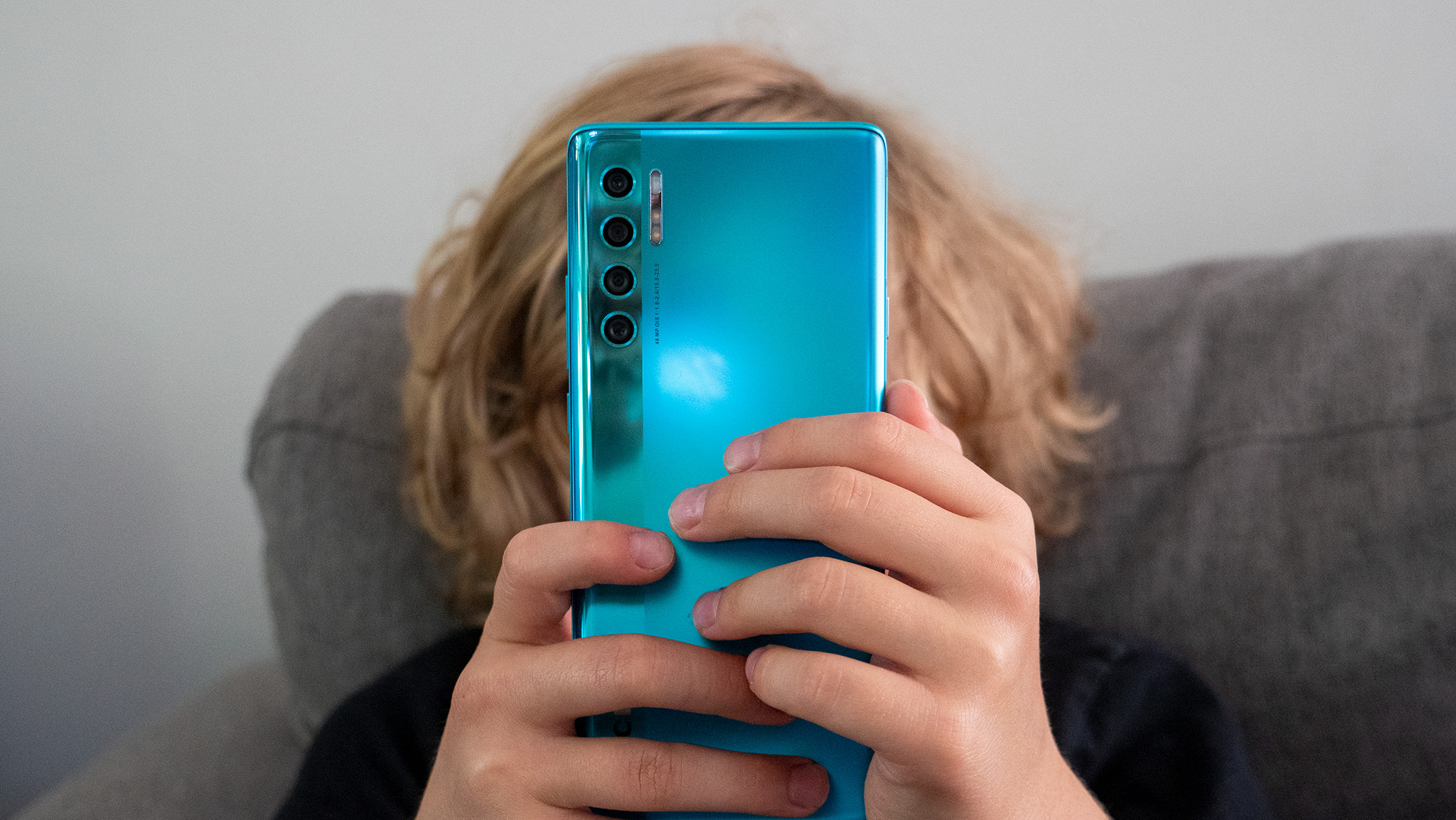Vivo's V50 proves that iterative updates can still be fun
Thanks to a bigger battery and cleaner design, the V50 stands out against the likes of the Redmi Note 14 Pro+.
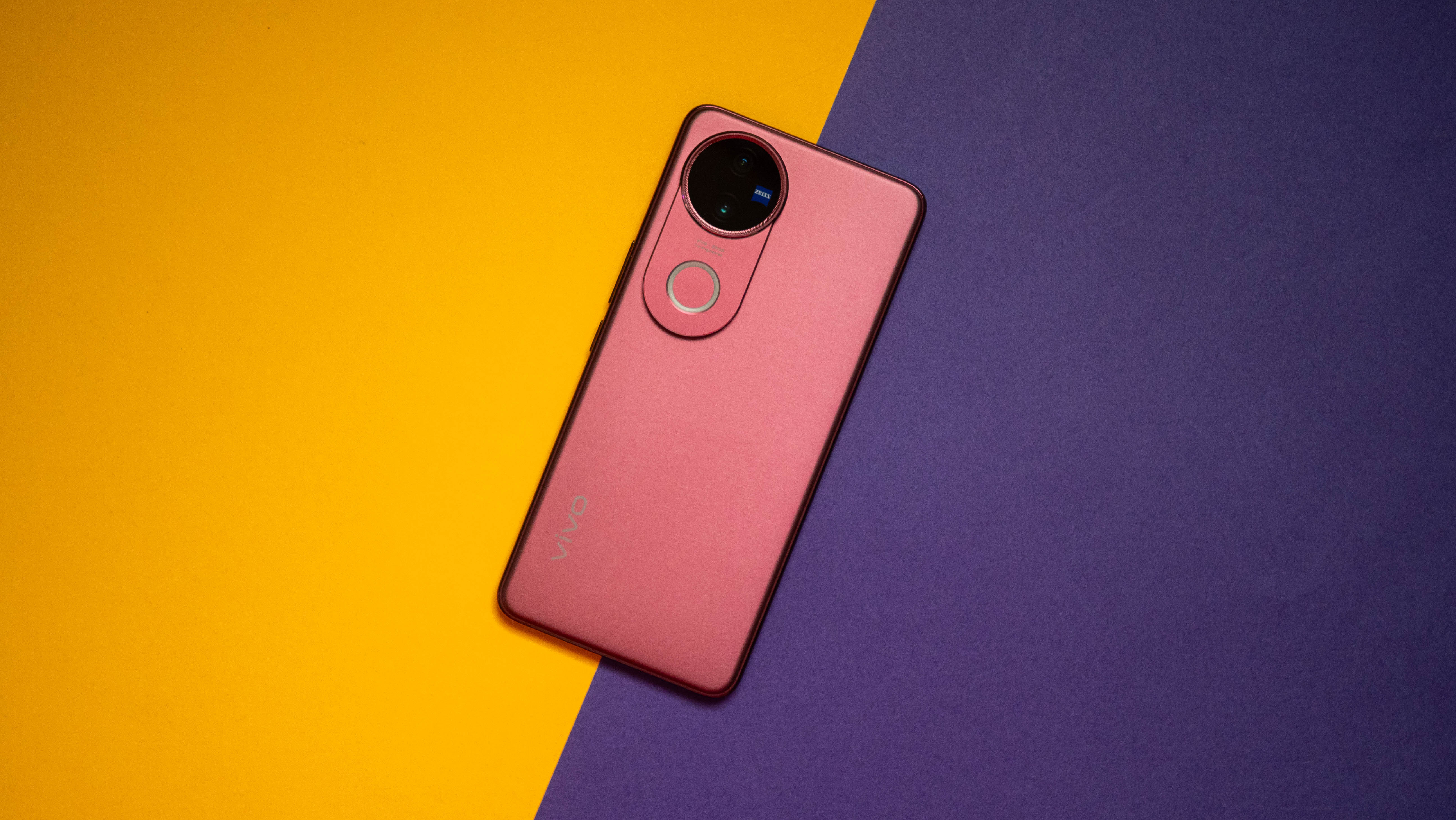

Vivo is doing all the right things in 2025; the X200 Pro continues to be one of the best camera phones of the year, and I'm excited to get my hands on the X200 Ultra and see how it measures up this year. In the meantime, the V50 is turning out to be a reliable mid-ranger with the best design in its category.
That shouldn't be surprising in the least, considering Vivo is making a habit of launching gorgeous phones in the V series. I thoroughly enjoyed using the V30 Pro and V40 Pro, and while there isn't a Pro model this time (it's likely coming later), the V50 retains the best features of its predecessors while getting a sizeable 6,000mAh silicon battery.
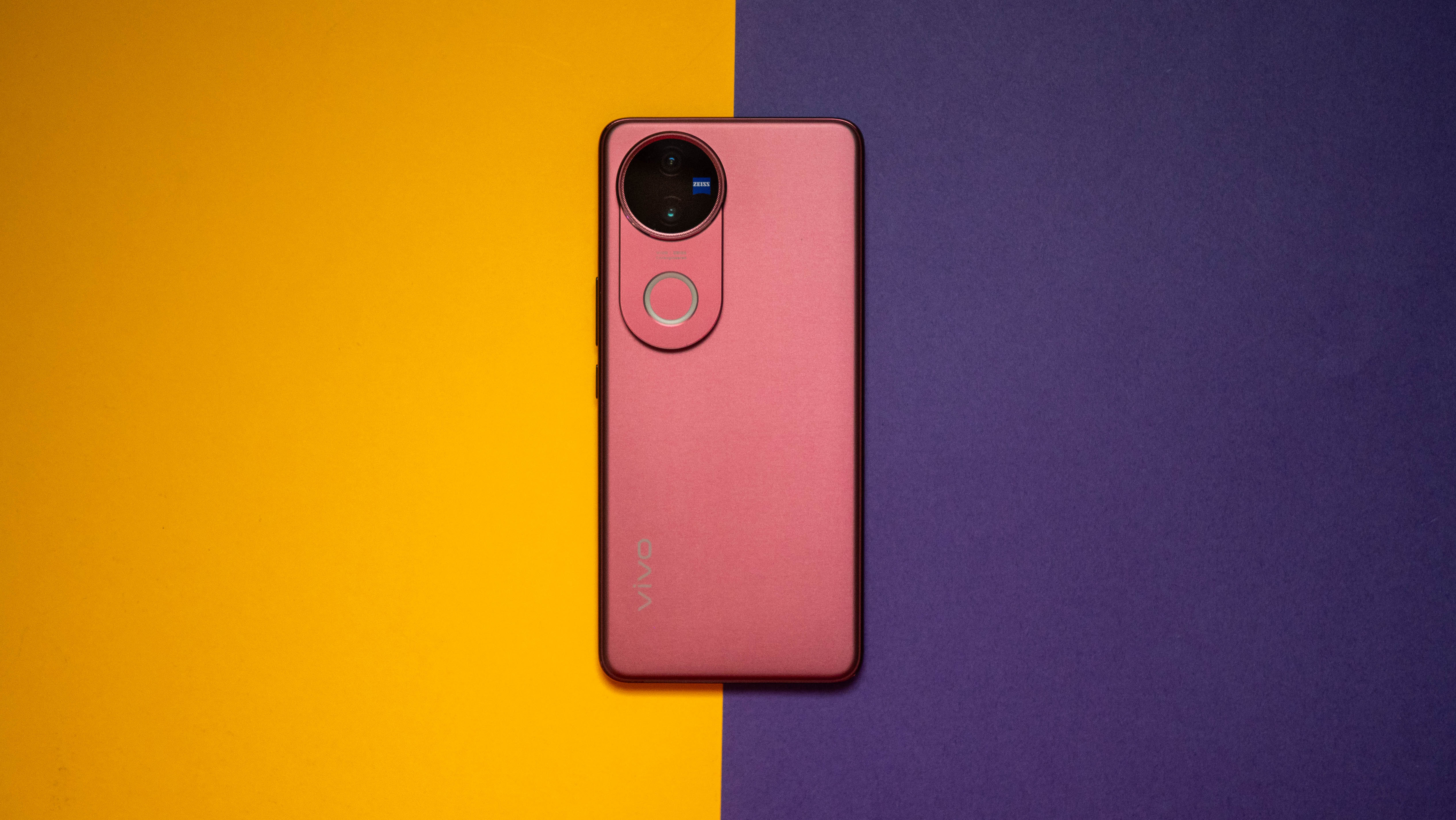
The V50 is available in select Southeast Asian countries, and in India, it costs ₹34,999 ($413) for the standard 8GB/128GB model, ₹36,999 ($436) if you want 8GB/256GB, and ₹40,999 ($484) if you're looking to get the 12GB/512GB edition. It goes up against the likes of the OnePlus 13R in the country, and Vivo is positioning the design and cameras as the key features.
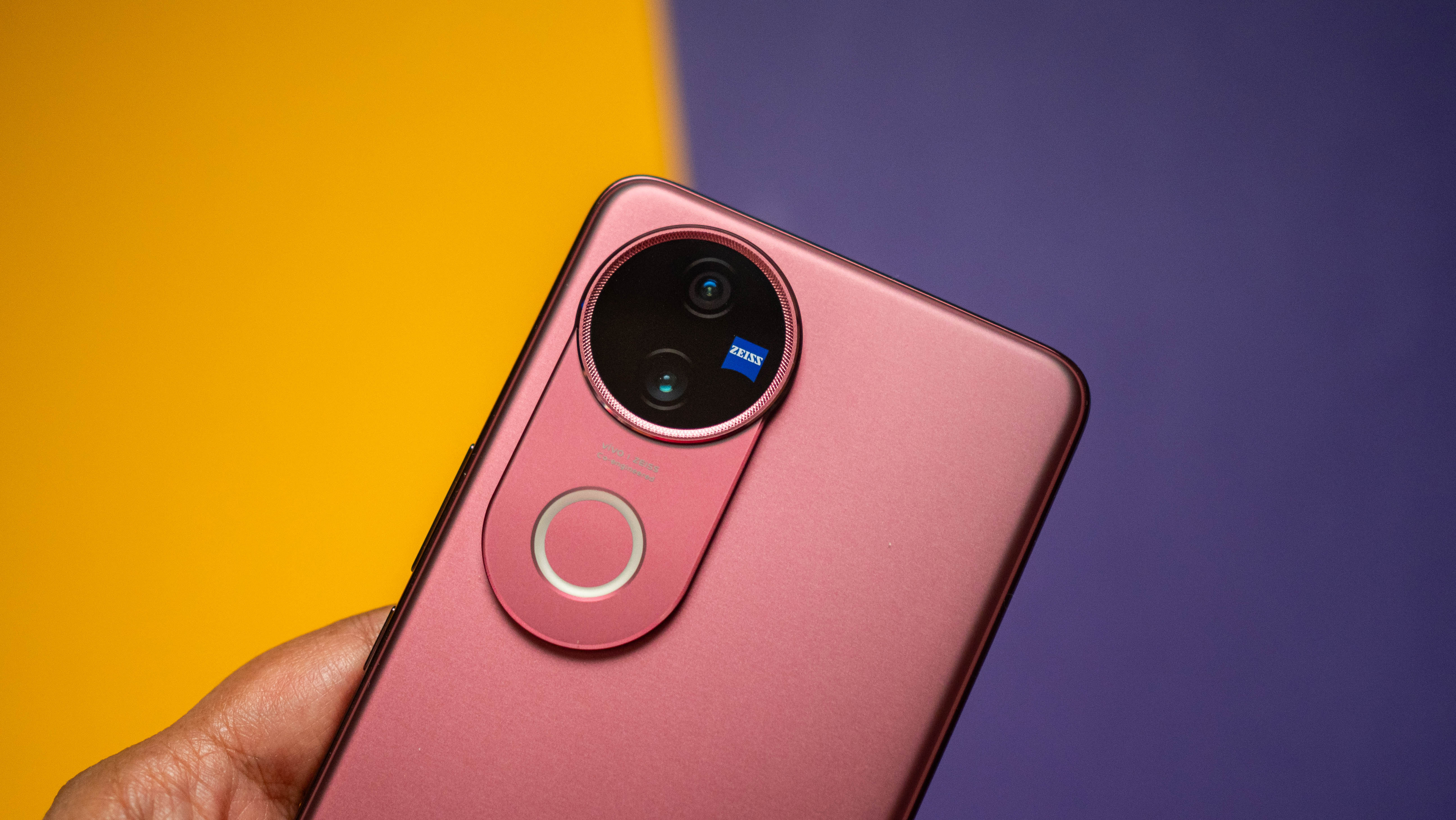
What I like the most is the design; phones have decidedly gotten boxier in recent years, and I'm not a fan of the trend. Thankfully, Vivo retained a thin design with smooth curves at the back, and it makes using the phone that much better. It has a glass back, but the polycarbonate mid-frame allowed Vivo to save weight, and although there's a 6000mAh battery, the phone comes in at a manageable 189g.
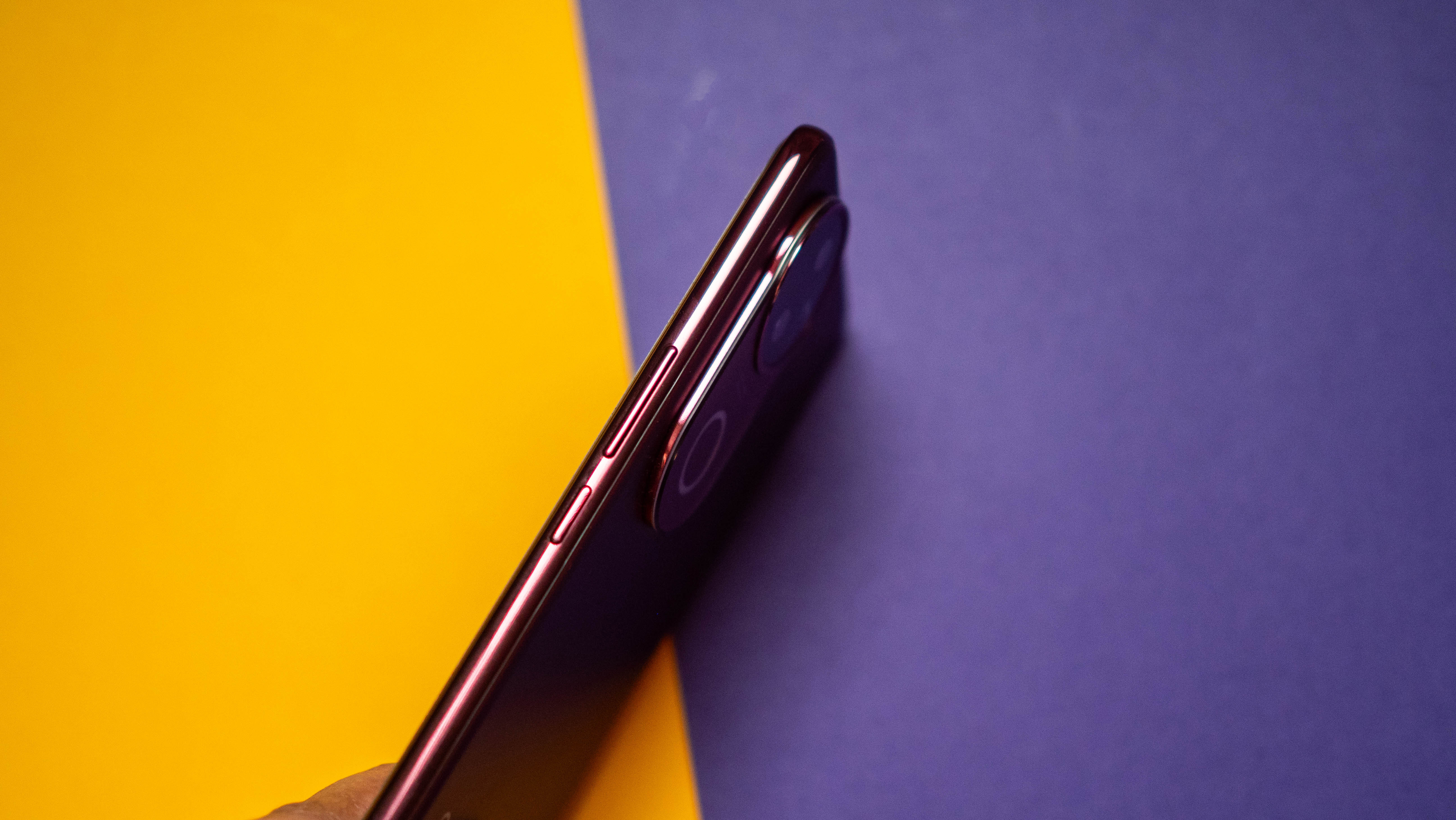

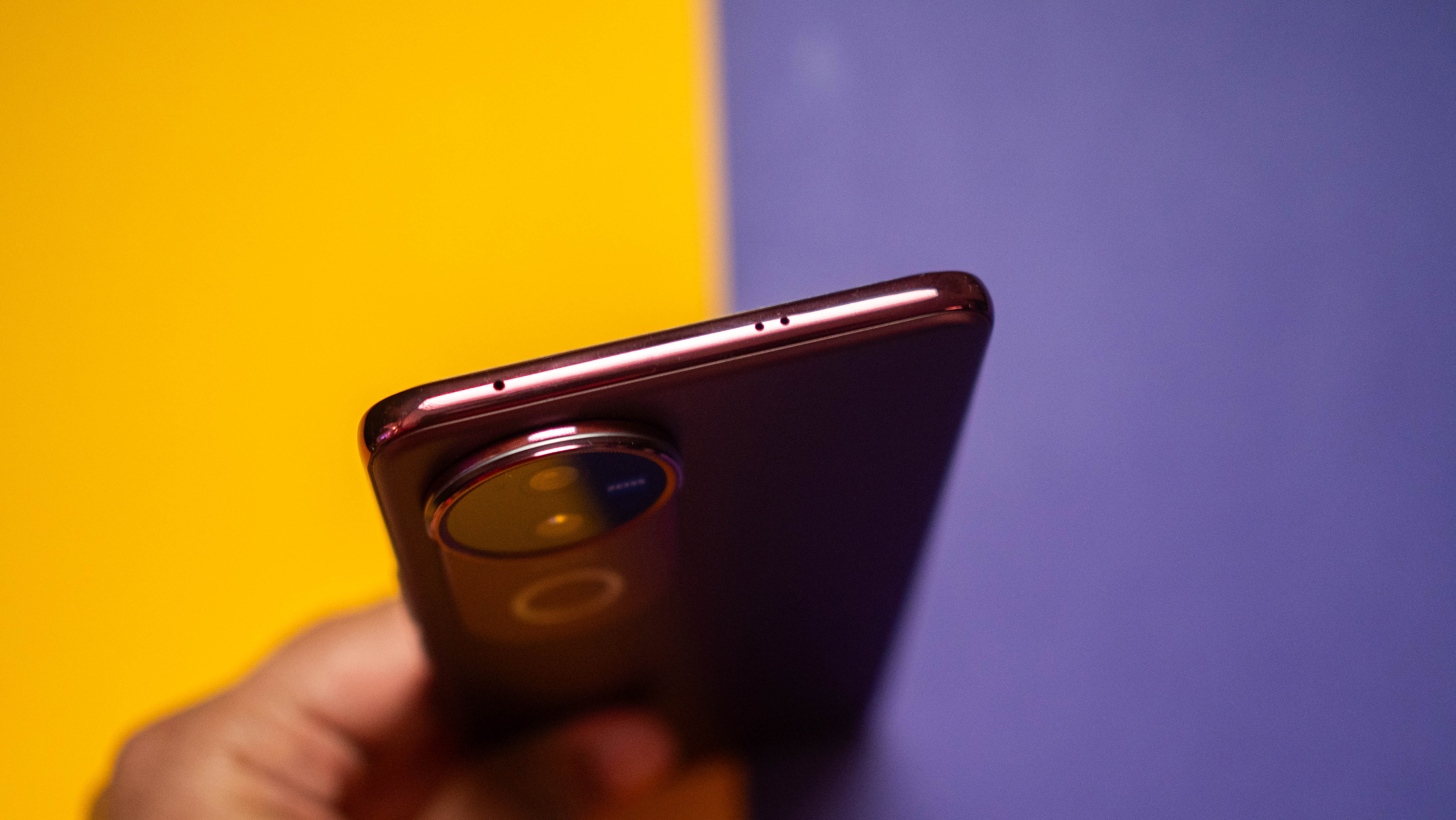
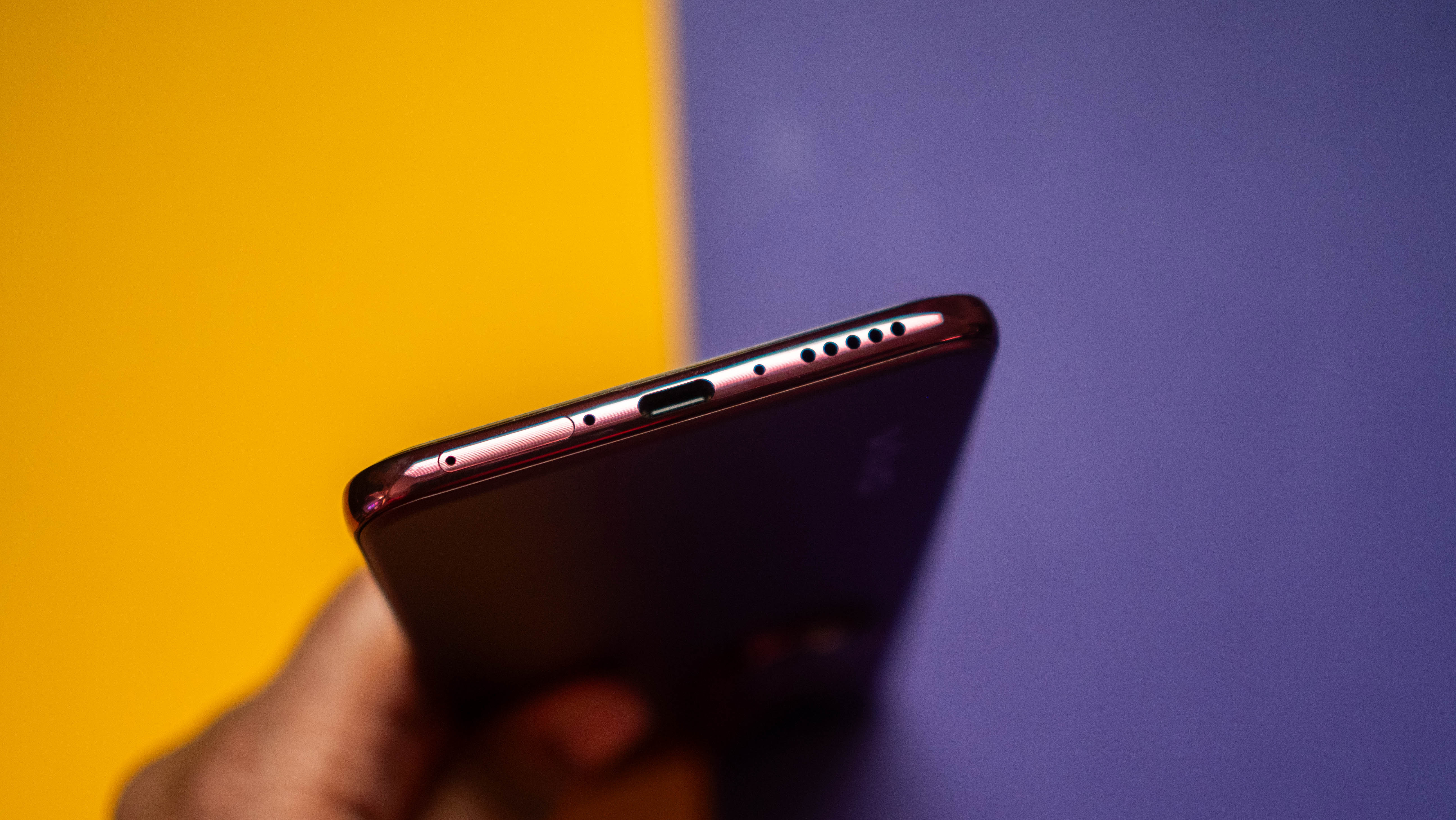
The sleeker profile definitely makes a difference in daily use, and the Red Rose color option I'm using is gorgeous — I still don't understand why brands reserve the best colors for their mid-range phones and not flagships. The frosted glass finish at the back accentuates the color, and the design of the camera island is better this time around; you still get a sizeable module, but it doesn't look anywhere as busy as the V40.
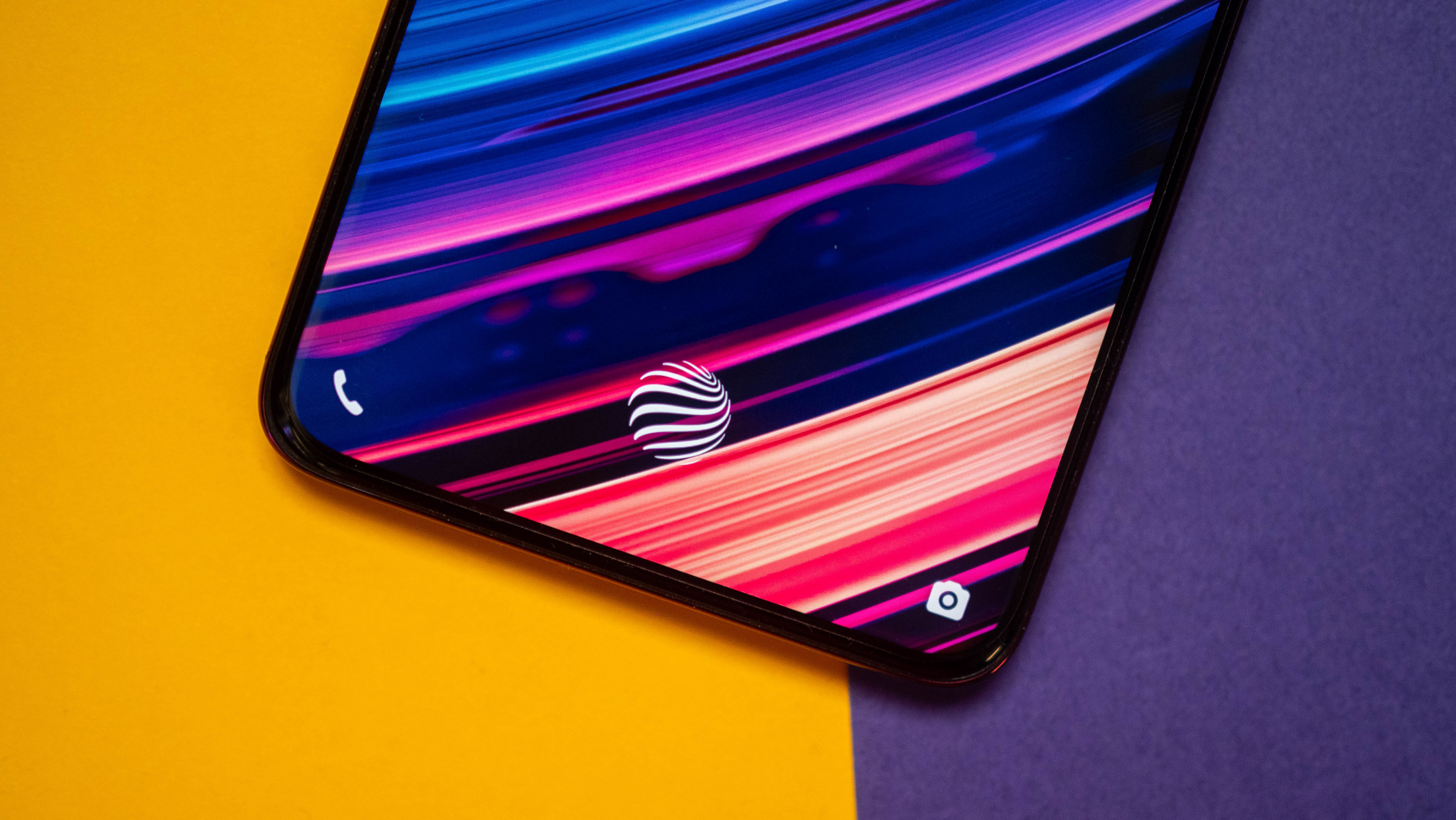
The phone has color-matched sides, and while that's undeniably good, the glossy finish detracts from the otherwise-great in-hand feel. The only other issue with the design is that the in-screen module is located a little too low, and it makes accessing it a bit awkward. That said, Vivo did a great job with ingress protection; the phone gets the standard IP68 dust and water resistance, and it even picks up IP69, allowing it to withstand jets of water.
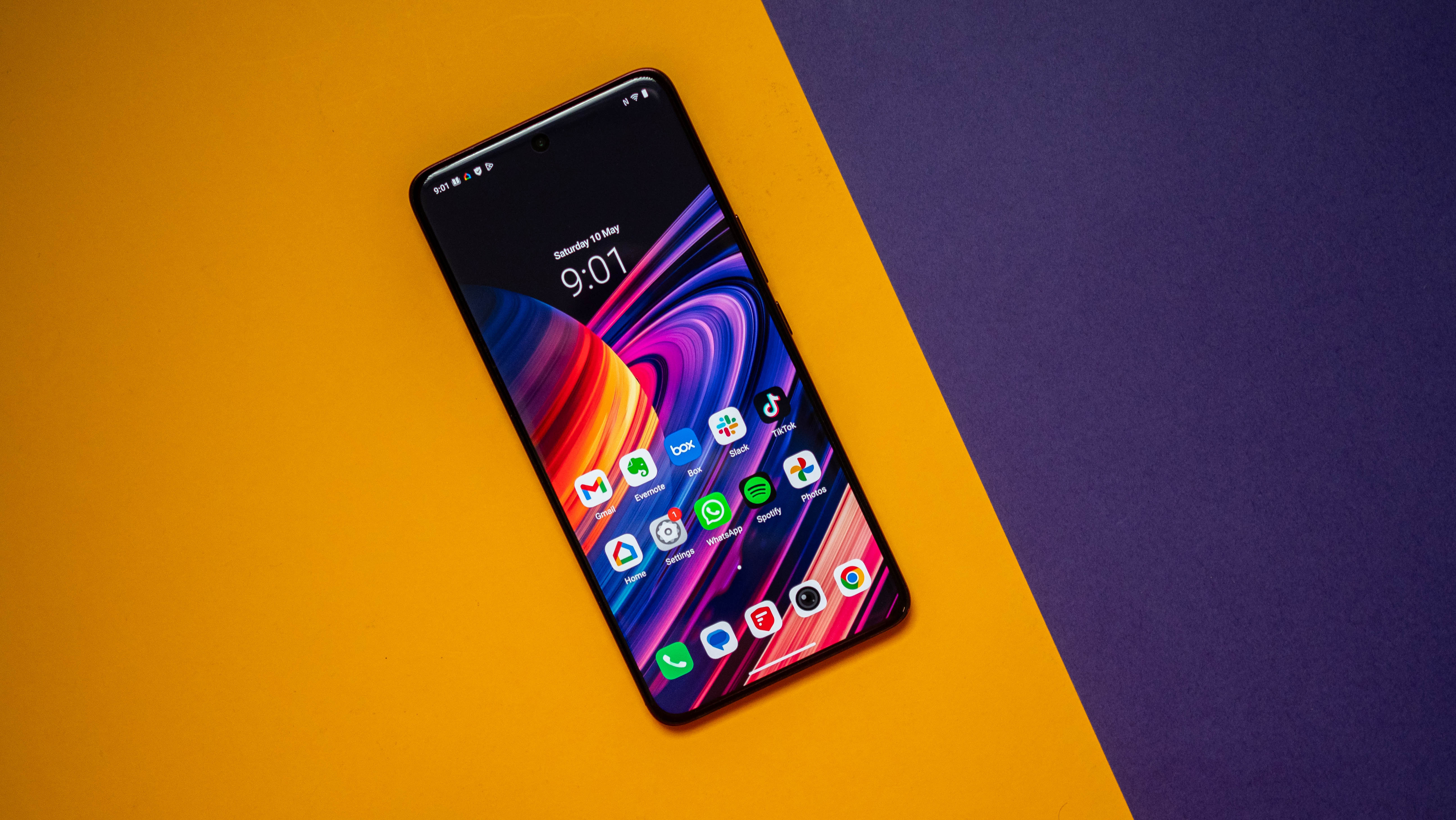
Vivo went with a slightly smaller 6.77-inch AMOLED panel on the V50, and the resolution is down to FHD+ (2392 x 1080). However, there isn't any noticeable difference in regular use between the device and the V40, and it gets just as bright. It's set to 60Hz out of the box, but you can easily switch to 120Hz via the settings, and I didn't notice any lag in day-to-day tasks.
Get the latest news from Android Central, your trusted companion in the world of Android
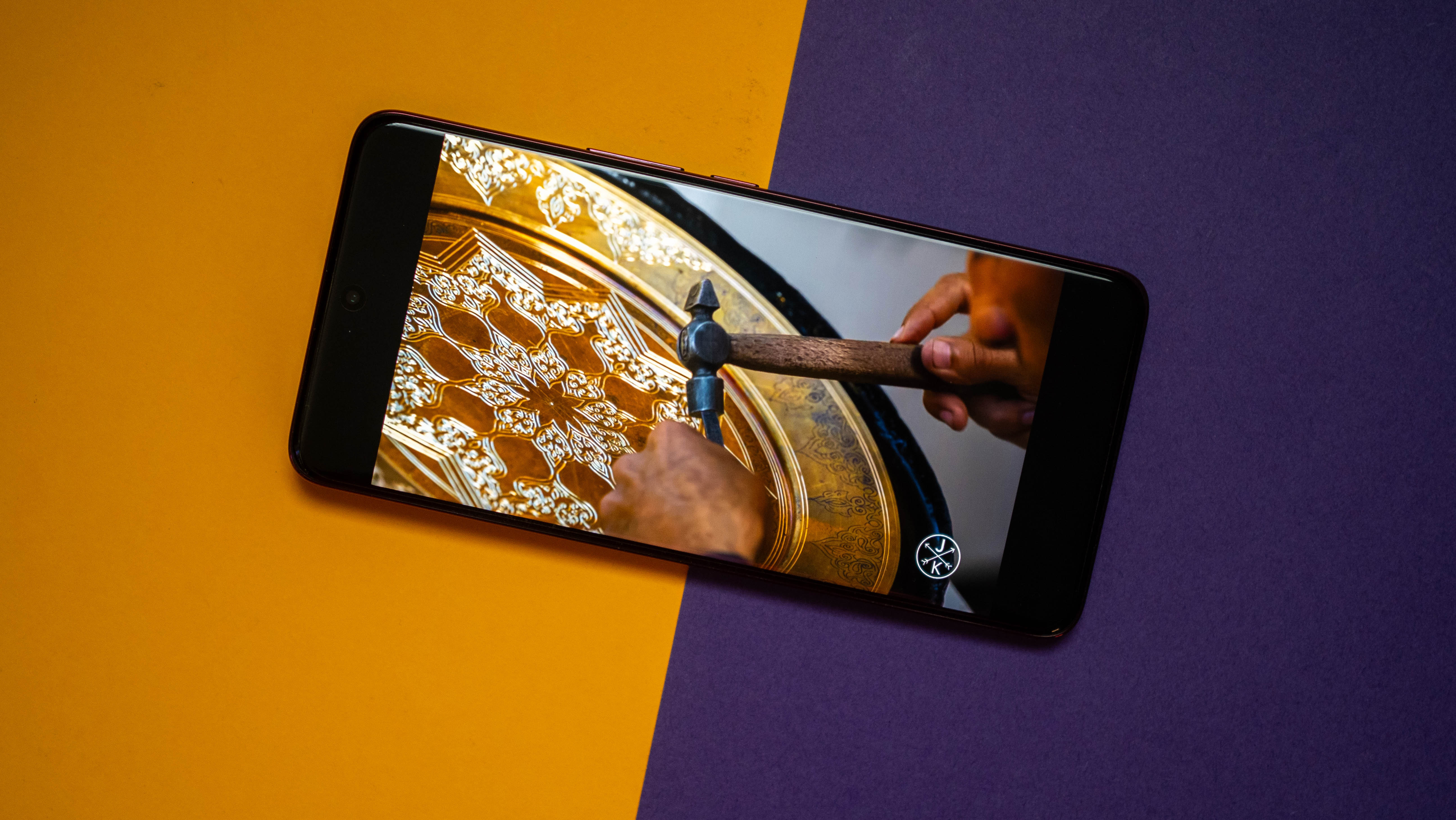
The phone has good color vibrancy and contrast levels, and there's a decent amount of customizability when it comes to adjusting the colors. Another positive is that the phone gets stereo sound — much like the V40, and it makes using the onboard sound that much better.
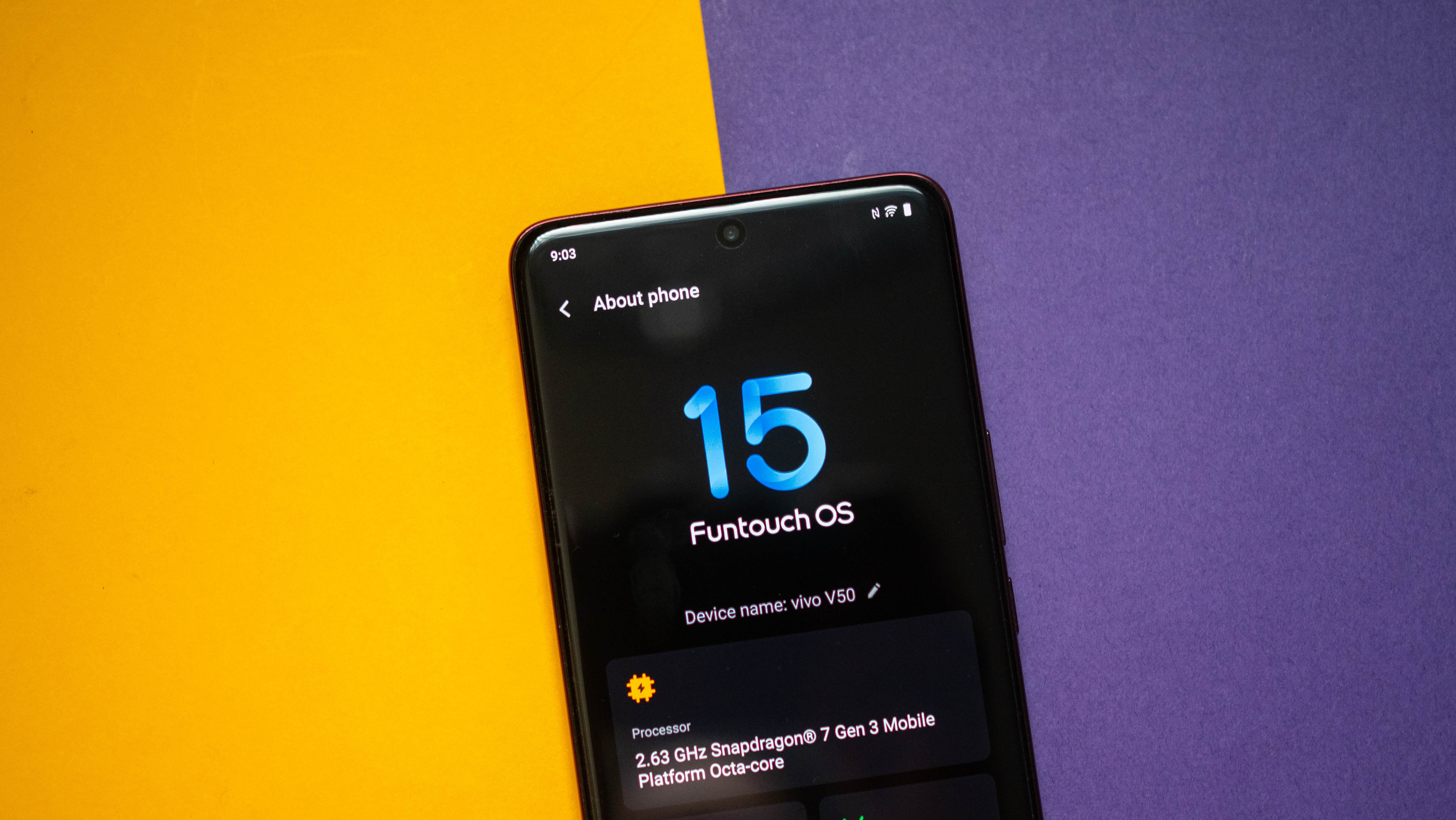
There isn't anything new to talk about the performance, as the V50 is using the same Snapdragon 7 Gen 3 silicon as the V40 and the V30. I would have liked to see the 7s Gen 3 as it holds up a little better, and while the device is still good, it doesn't quite have the power needed to run demanding games at high settings.
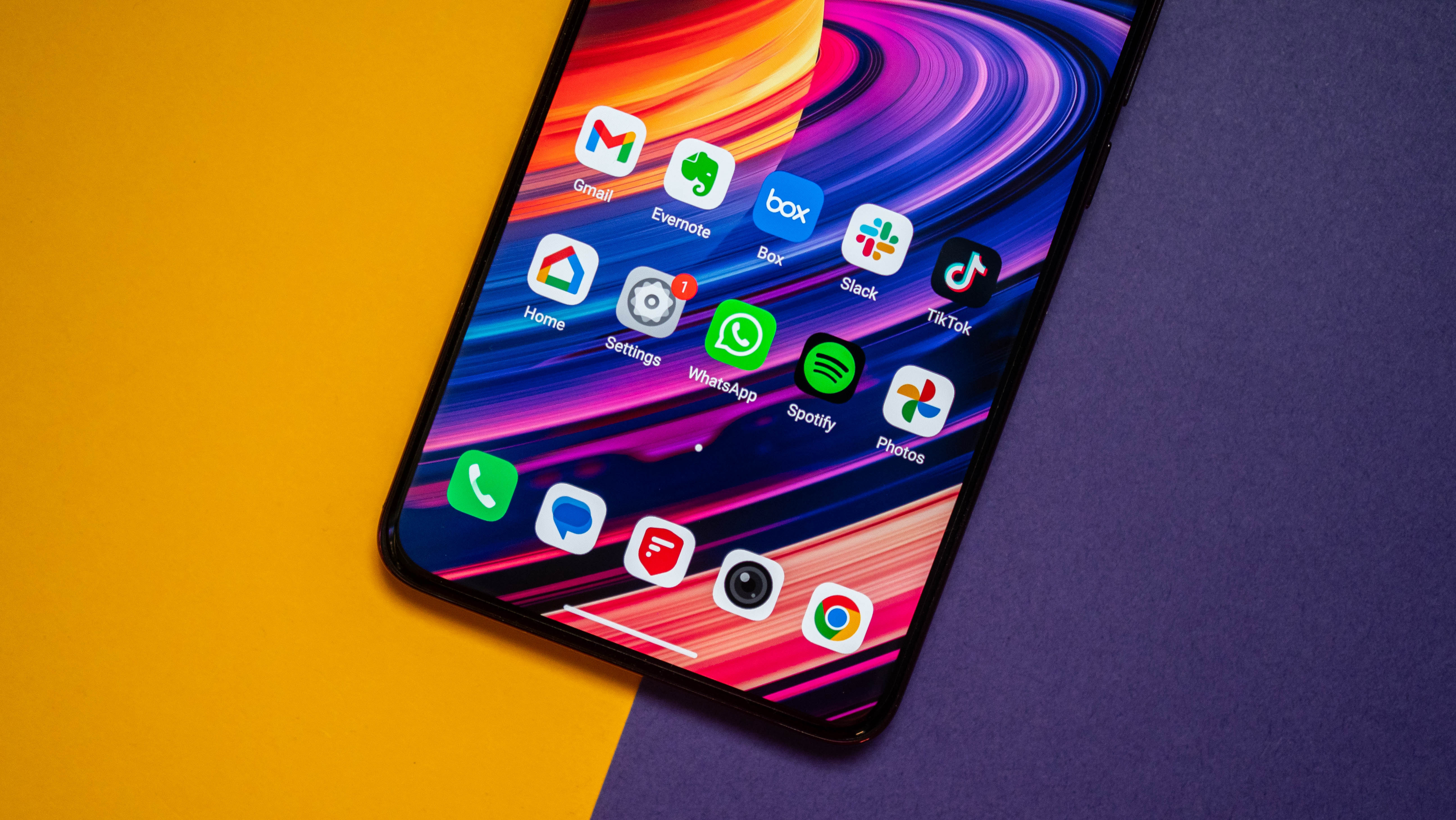
That said, there isn't an issue with overheating, and outside of gaming, I didn't see any lag or slowdowns with the V50. The base 8GB/128GB is a bit limited in my view, and I'd suggest getting the 8GB/256GB option instead. Connectivity is pretty good too, and I didn't have problems making calls or connecting to my home network.
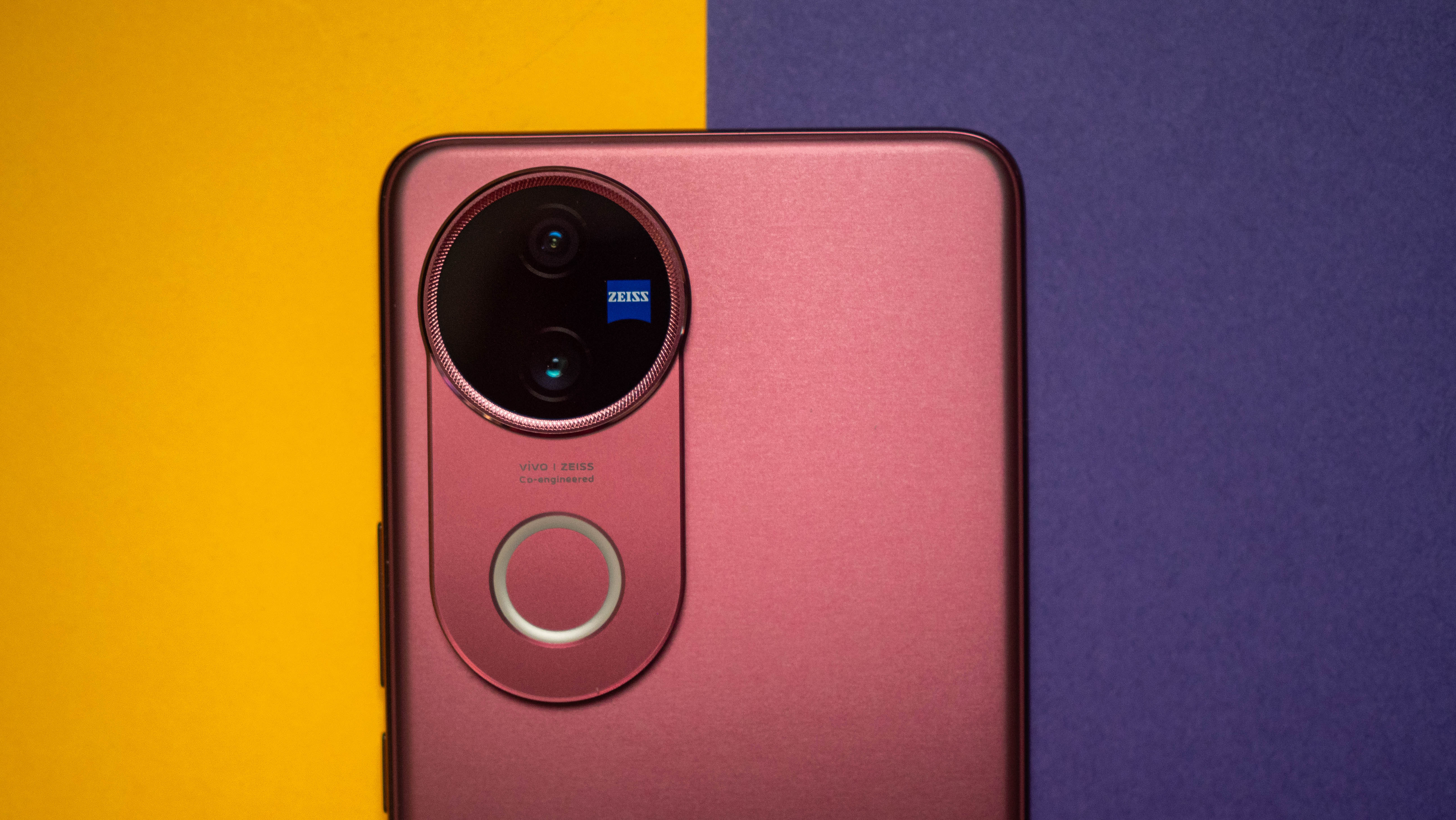
With Vivo continuing with a biannual release cadence, there isn't much that's different with the cameras on the V50. It has two 50MP lenses at the back, and while the main camera uses a slightly bigger module, I didn't see any difference in image quality. The phone continues to do a great job with portrait shots, and it is still one of the best mid-rangers in this area.
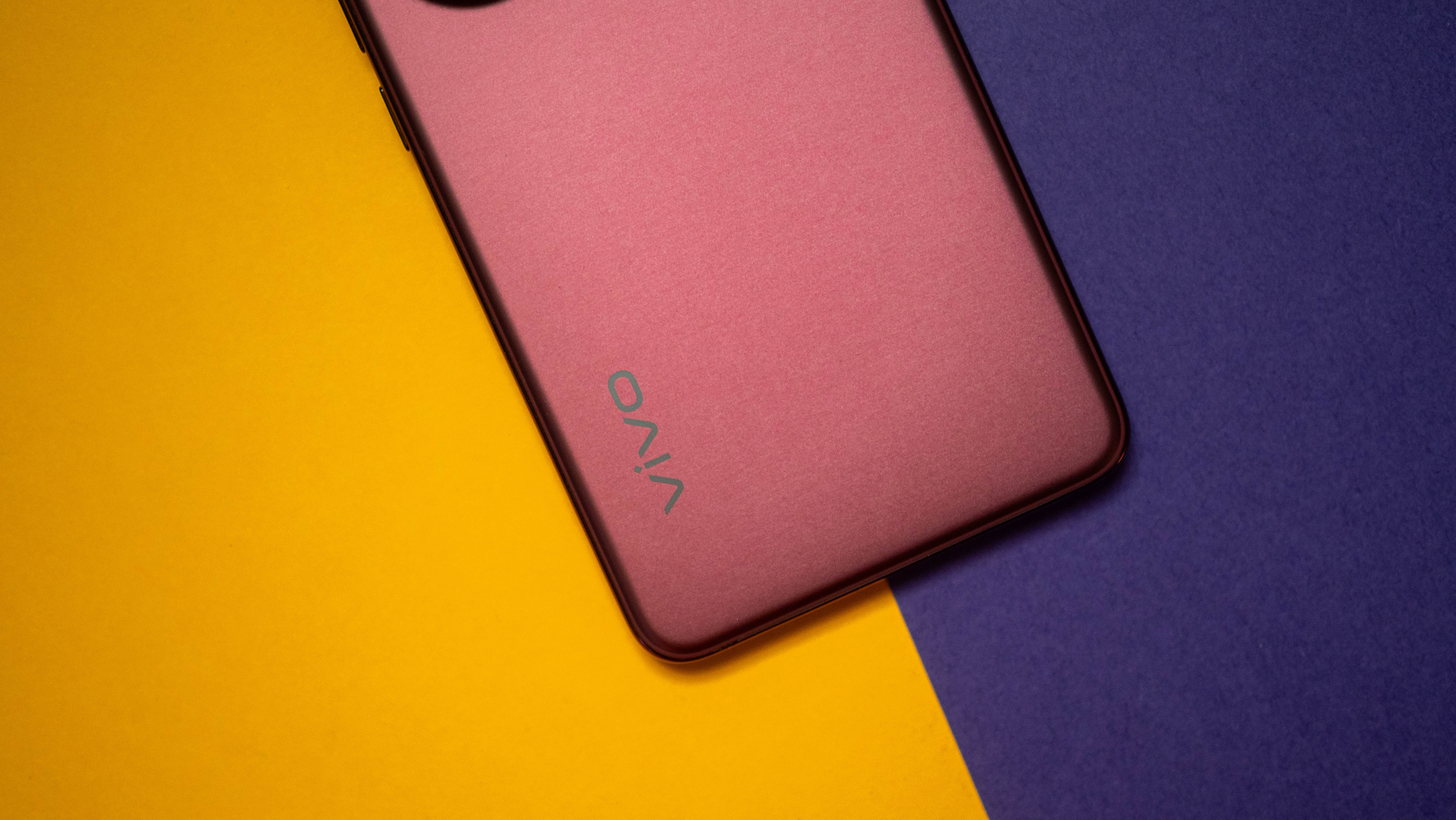
Battery life is where I noticed the biggest difference, with the V50 having much better headroom thanks to a 6,000mAh silicon carbon battery. The phone manages to last a day and a half comfortably between charges, and even with heavy use, there are no issues getting to the end of the day. It's a similar story with charging tech; with 90W USB PD as standard, it takes under 50 minutes to charge the device.
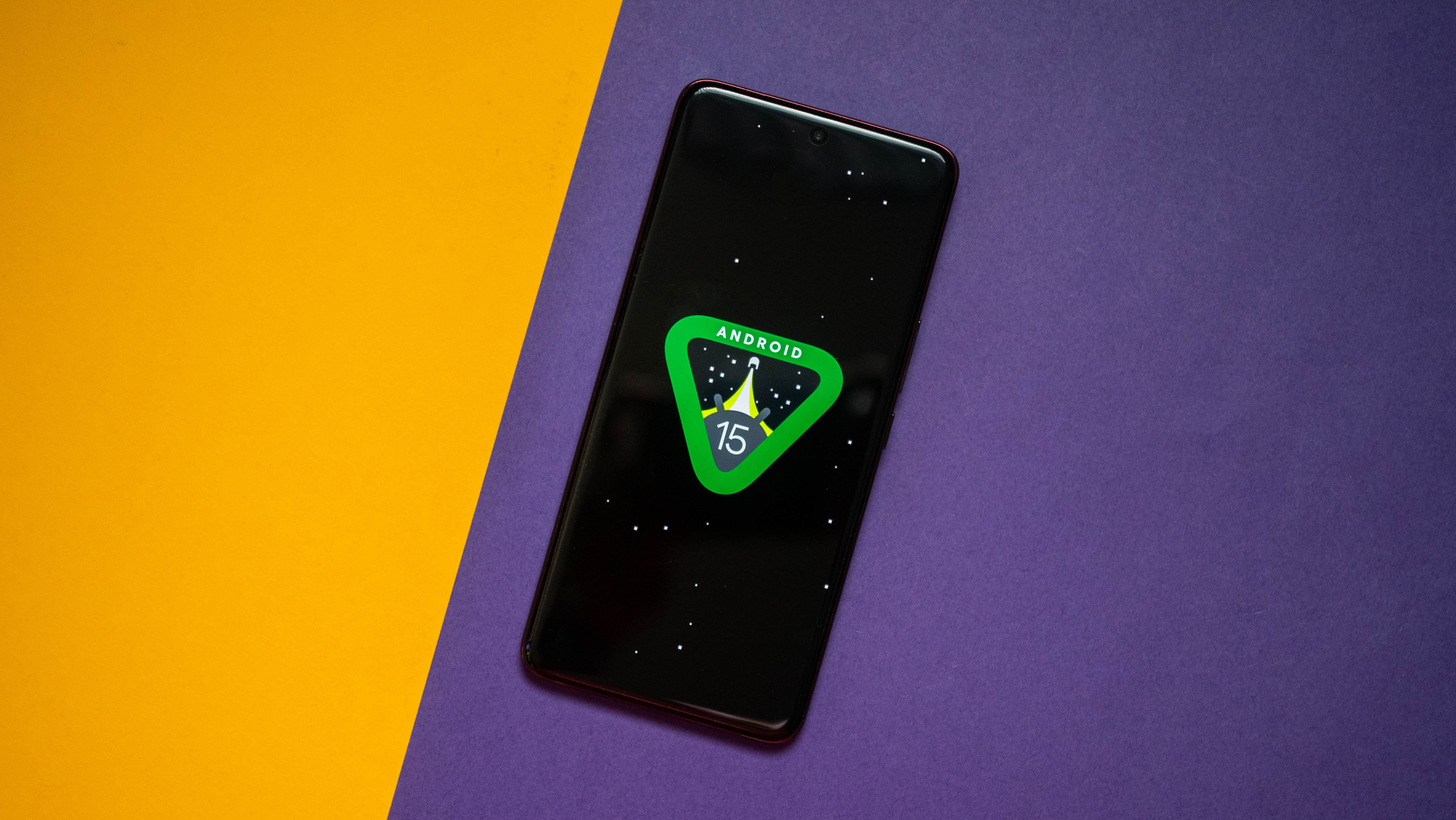
Vivo is doing good things with software as well, and I like the Android 15-based Funtouch OS 15. The interface is fluid, there's extensive customizability, and I didn't see any issues with notifications or aggressive memory management. The only point to note in this regard is that the V50 will get three Android OS updates — one less than its immediate rivals.
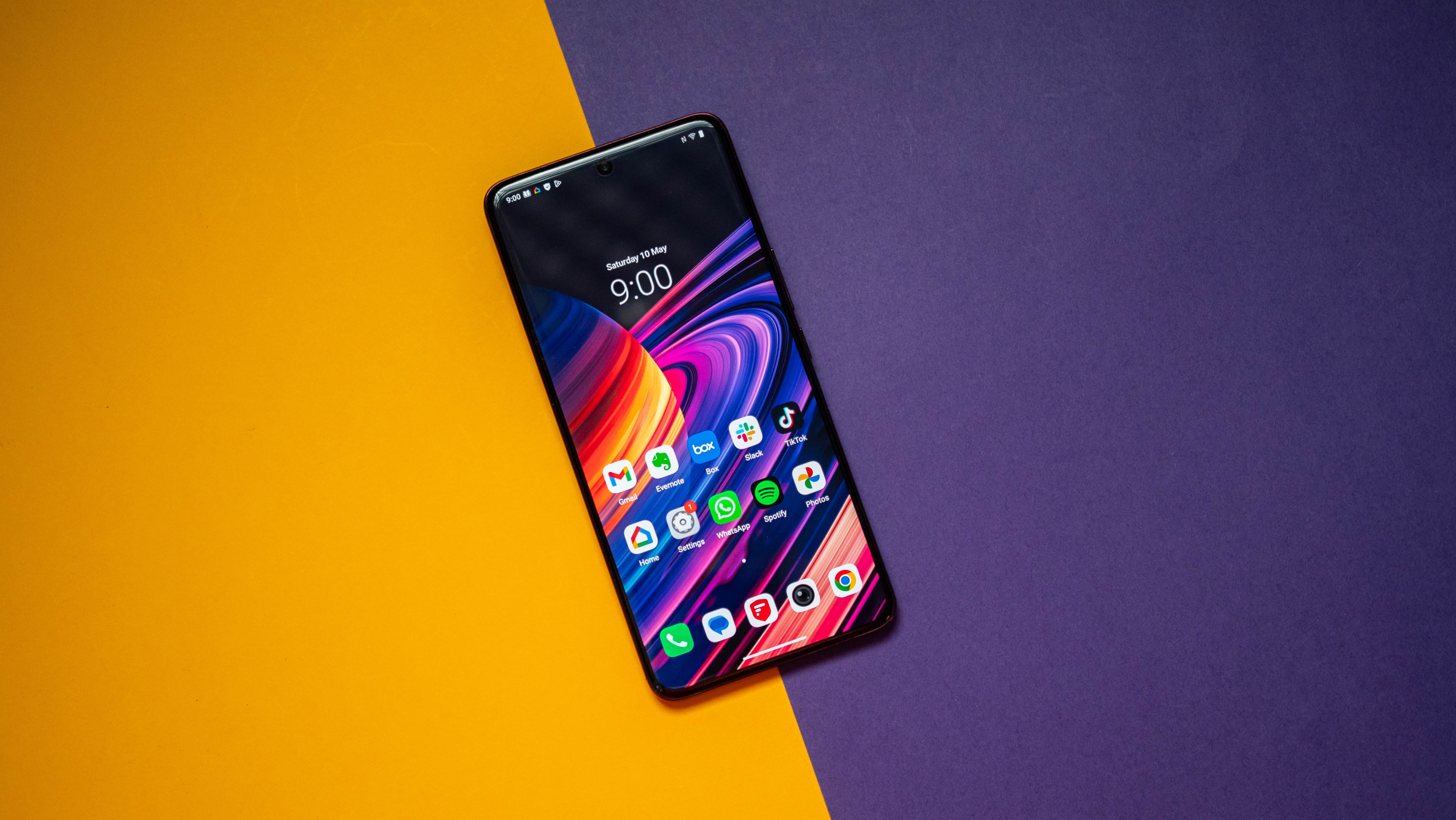
Overall, the V50 doesn't really bring much new to the table, and that's okay. Vivo didn't need to alter the fundamentals too much, and by adding a bigger battery and refreshing the design, the brand delivered a device that's slightly better than its predecessor. If you need a camera-focused mid-ranger with a stylish design, the V50 is a great choice.
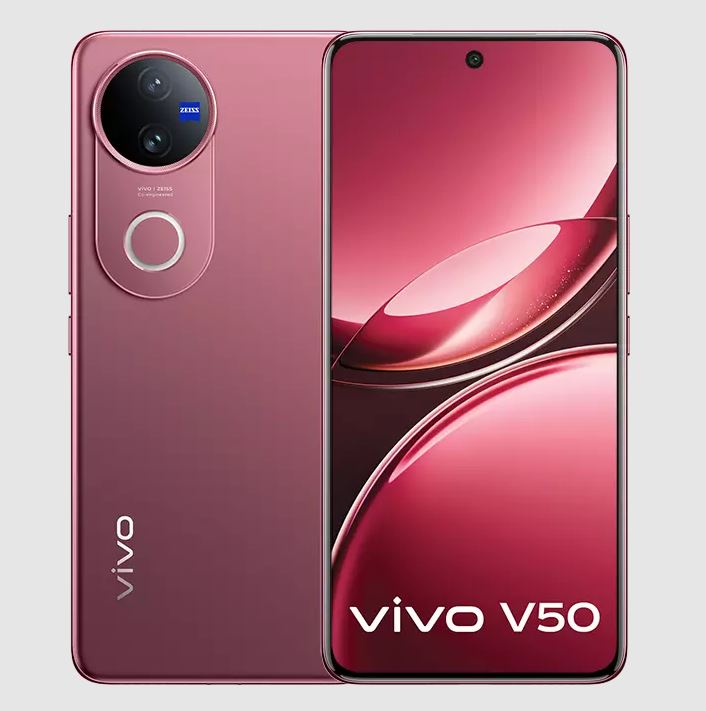
With a sleeker design and great cameras, the V50 is the latest in a long line of great mid-rangers by Vivo.

Harish Jonnalagadda is Android Central's Senior Editor overseeing mobile coverage. In his current role, he leads the site's coverage of Chinese phone brands, networking products, and AV gear. He has been testing phones for over a decade, and has extensive experience in mobile hardware and the global semiconductor industry. Contact him on Twitter at @chunkynerd.
You must confirm your public display name before commenting
Please logout and then login again, you will then be prompted to enter your display name.
